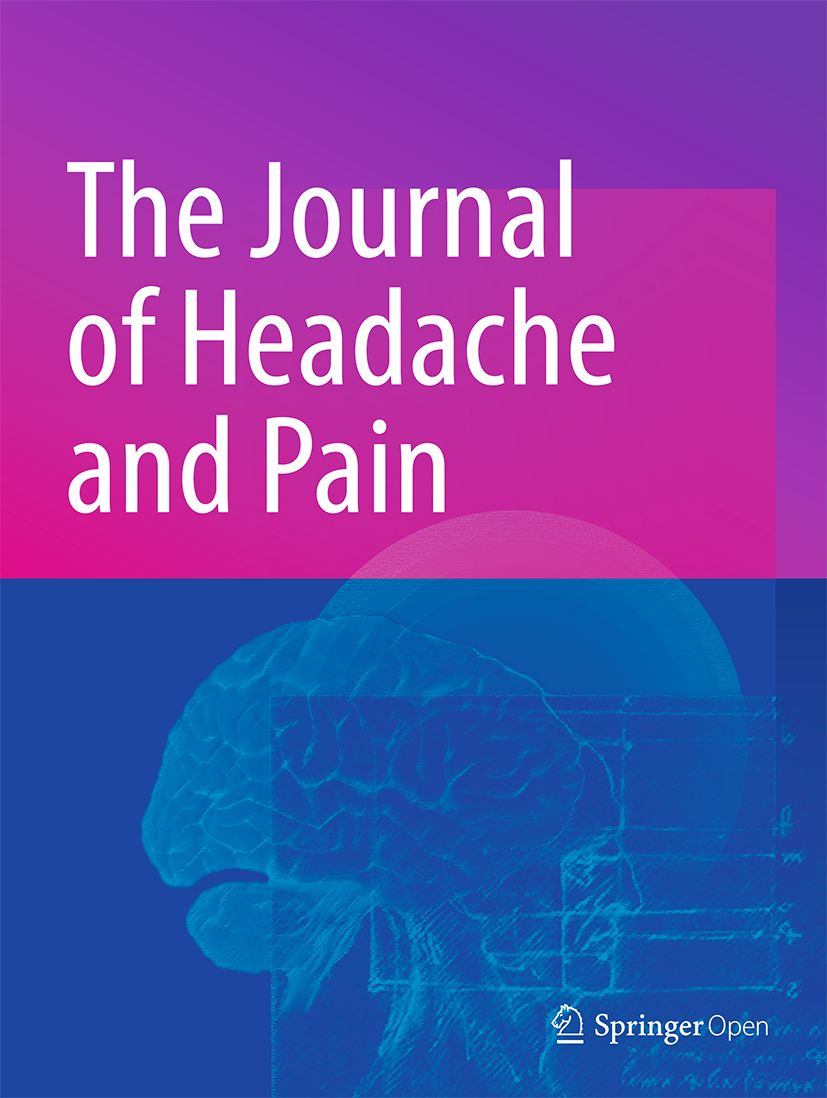
“Background: The therapeutic use of cannabidiol (CBD) and Δ9-tetrahydrocannabinol (THC) to treat migraine has been understudied. Using three mouse models, we examined the impact of CBD and THC on migraine-relevant behaviors triggered by: 1) calcitonin gene-related peptide (CGRP), 2) sodium nitroprusside (SNP), and 3) cortical spreading depolarization (CSD).
Methods: Both male and female CD1 mice were treated with CBD (100 mg/kg) or THC (1 mg/kg) alone or in combinations of CBD (1, 30 or 100 mg/kg) and THC (1 mg/kg) prior to injection of CGRP or SNP. The mice were assessed for light aversion (photophobia), squint (non-evoked pain), and periorbital tactile hypersensitivity, as well as possible adverse effects. In a separate set of experiments, CSD events were optogenetically induced in familial hemiplegic migraine 1 (FHM1) mutant and wildtype littermates (WT) mice (C57BL/6 background), followed by grimace and motor assessments with and without combinations of CBD (30 or 100 mg/kg) and THC (1 mg/kg).
Results: In CD1 mice, a 100:1 CBD:THC combination mitigated light aversion induced by CGRP and SNP in males and females. Rescue of CGRP- and SNP-induced squint was observed only in male mice with 100:1 CBD:THC. None of the treatments rescued periorbital tactile hypersensitivity in either sex. In FHM1 mutant and WT mice, the 100:1 CBD:THC ratio did not affect CSD characteristics but did reduce CSD-induced grimace features (i.e., head pain mimic). No adverse effects of any of the cannabinoid treatments were observed using cognitive, emotional, or motor tests.
Conclusions: A 100:1 ratio of CBD:THC has a beneficial effect on some of the most bothersome migraine-related symptoms in three mouse models. Our findings support a potential therapeutic efficacy of combined CBD and THC treatments.”
https://pubmed.ncbi.nlm.nih.gov/39988876/
“Our preclinical findings suggest that cannabinoids may have therapeutic potential for treating migraine symptoms without causing adverse effects. These findings are in line with previous studies that have suggested that cannabinoids may be effective in treating pain and migraine.”









